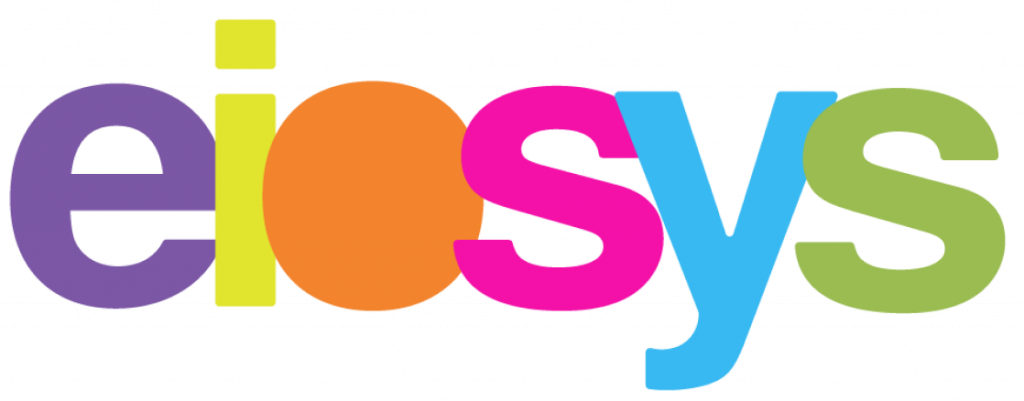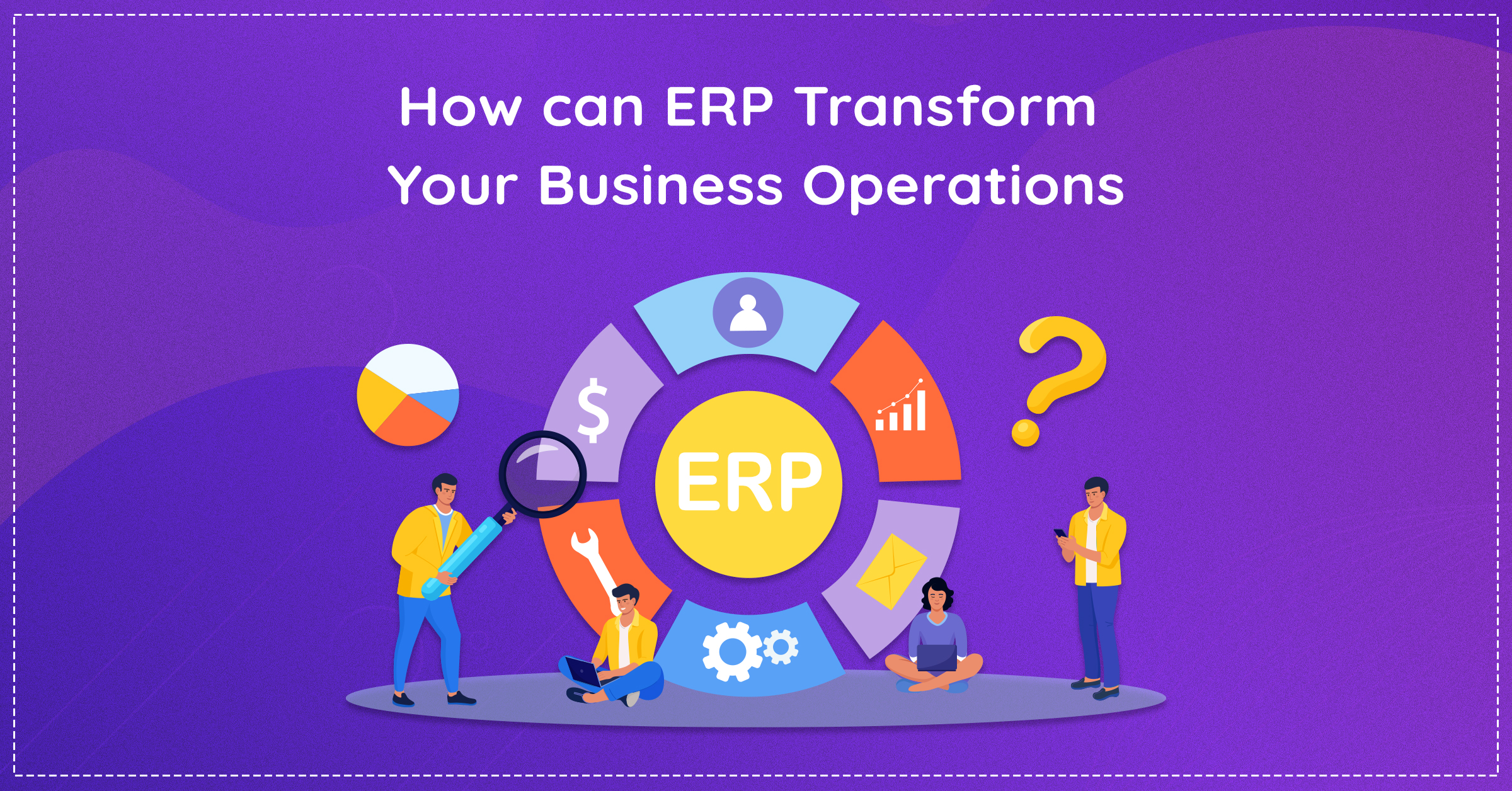 If you peek into the world of mobile app development, you can see that the most common methodology more and more companies are adopting is called the Agile Methodology. In this article, we shall dive deep into the top reasons why companies adopt Agile. But first let’s get to know what it is:
If you peek into the world of mobile app development, you can see that the most common methodology more and more companies are adopting is called the Agile Methodology. In this article, we shall dive deep into the top reasons why companies adopt Agile. But first let’s get to know what it is:
Basically, Agile project management or Agile in short is a type of iterative approach to managing software development projects. It focuses on two key aspects:
1. Continuous releases over a fixed interval of time
2. Customer feedback with each new release and incorporating them in the next version.
Why companies are adopting agile project management?
1. Superior product quality
Every company/business wants to create products that their customers will love to use. The customers shouldn’t be intimidated by the product. Similarly, the developers don’t want to see unsatisfactory products that they have put their hard work and soul into. Agile fixes all of that. It fixed the time, cost and quality and gives developers the tools to vary not only the business but the technical scope of the solution too.
Testing is a key part of agile development. Multiple and regular checkups ensure the product is working as it is supposed to so that customers get high-quality products which they will love to use.
2. Faster product delivery
The only way to know if your product is successful or not is to get it to the market. Often companies that go for long delivery cycles which can take almost 18 months, end up delivering the wrong product to the market that the consumers aren’t interested in buying.
With the market evolving faster than ever, it is important to roll out products faster to keep up with the ever-evolving competition. Therefore, the 2-week delivery cycles and quarterly releases have become the norm of agile methodology and companies are loving it.
3. Feedback that works
Feedback is crucial to a company’s evolution. A product is nothing without its customers. Most of the features developers and companies incorporate in their products are not used at all by the customers except some power users. If the majority of the customer base isn’t using those features, then the time and money spent in developing them go to utter waste.
By using sprint planning and properly incorporating customer feedback, companies and developers can know which features to prioritize and tweak.
4. Products that work
Rather than working on all the features of a product at once, small incremental delivery of features that the customers want and will actually use help create a better experience.
The small periodic incremental upgrades help the customer see the emerging product, respond to it, give proper feedback and tweak it as they go. Agile methodology helps to do exactly this. It enables developers to deliver incremental updates and customers to test them and tweak them.
5. Risk Reduction
Risk reduction is a key part of the Agile methodology. Agile is, therefore, risk management and not a separate section that needs to be managed. Early customer feedback and early and timely delivery of products reduce the chances of developing a wrong product that the customers won’t like interacting with.
By focusing on architectural risk during early sprints companies can ensure that the deadlines are met in time and reduce the risk of failing to provide an apt solutions in the set time frame.
Incremental and continuous upgrades reduce the risk of defects, bugs, crashes and other problems so that the product doesn’t look like it was built haphazardly.
6. Create a better work culture
The culture and values of a company heavily influence the workplace environment and the productivity of the developers which in turn influences the quality of your product.
Organizations and companies and developers whose corporate culture sucks are now readily adopting Agile as it lives up to its promise of creating teams comprising of empowered individuals with a shared sense of purpose. This way works gets done much more efficiently and creates a positive and fun atmosphere in the workplace.
It also enables individuals to learn teamwork and working hard to achieve a singular goal.
7. Predictability
Being unpredictable as a company gives a very negative vibe to your clients and customers. Most companies are unclear about giving a definite shape to their business and the path they want to take.
Agile helps companies and organizations become more predictable. It helps teams make solid commitments and deliver quality products while maintaining a steady velocity.
Without predictability, customers are unsure of what they are getting. Agile helps organizations coordinate and align different parts of a business in a coherent way.
8. Emergent Outcomes
Several organizations aren’t trying to deliver products at a fixed time, scope or money. They either are unsure of what they want to build or the process of building it. And some organizations are trying to build technologies for non-existent markets as a future proof plan.
Agile enables developers and companies to build products and learn as they go. Develop a product, get customer feedback, incorporate them in the next iteration and ultimately create something much superior.
9. Alignment
Often teams working on a project are not organized around either products or other business objects. The infrastructure is owned in more than one place which leads to everything being out of alignment.
Though the one team one product scenario isn’t always possible and feasible, Agile helps organizations align themselves when this pattern breaks down. This way the connection between effort and business results is maintained.
10. Customer Satisfaction
Developers and organizations love it when the customers leave positive feedback on the products they spent time working so hard on. Similarly, customers love it when they are heard. They love to see new features and tweaks in the new version which they have been asking for.
Customers don’t want to invest in a product that doesn’t work, doesn’t do what they need it to do and never changes and develops itself. Instead, they are willing to invest in software which is still primitive but gets better and better using their feedback and emerges as something superior that is customizable, scalable and robust.
Agile helps to achieve just that where the developers work very closely with the customers in building a product that has a purpose and a sense of direction. The sense of being involved in the development process creates a sense of belonging for the customer.
11. Efficiency
Most companies and organizations have to face this problem: big upfront plans are more prone to failure in the long run. Traditional methodology deals with the problem of incorporating a lot of unnecessary features that take up a lot of time and effort but don’t give the results. The features that do give and have the potential of giving results end up getting the least time in the development process.
Agile helps in solving this problem by knowing what features are un-necessary through customer feedback and testing and then eliminating them so that the developers can dive in and work on what is important. Customers get a more holistic and streamlined experience.
12. Early Return on Investment
Probably one of the main reasons why more and more companies are adopting the Agile methodology. Traditional development methods took long periods of time to develop a final product. This would then be introduced in the market, sold to the consumer and then hopefully earn a profit on the investment made.
The downfall of this system is the huge time gap between the initial investment and the return on investment. Sometimes this ends up costing the company more than what they invested due to unmet deadlines, delays in the development process, delay in outsourcing, faulty and buggy software and negative customer reviews on the final version of the product.
Using an Agile methodology, companies are able to split their investment as the custom software development goes through various iterations. Customers pay for early for the primitive software and keep getting the value for their money as features keep rolling out. Thus a win-win situation for both.
Agile has revolutionized the way companies and organizations work. Developers are hyped to adopt this and this could be the reason that companies ranging from startups to established multinationals are adopting this culture and development process.
It has been able to rectify and nullify the mistakes of the older methodologies. Companies adopting Agile have been able to provide superior quality software which the customers love to use and that too always on time, customers benefitted from regular and timely iterations with added features that they wanted. They felt indulged in the whole process and that led to superior customer satisfaction which is the ultimate goal of every company.
Using agile made companies more efficient and improve their work culture which improved coordination amongst teams. Companies made a fortune on their products due to early return on investment which ultimately led to massive risk reduction.
Overall adopting agile will help your company to grow and evolve both monetarily and culturally.
Eiosys is a custom software development company in Mumbai. Over the last decade, we’ve helped several companies streamline their business processes or create their own bespoke products.[/vc_column_text][/vc_column][/vc_row]







